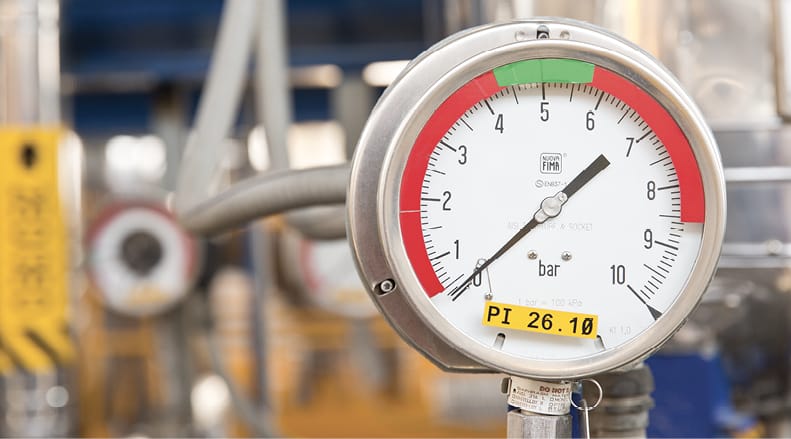2.2.4.1 Pressure
Figure 48 Pressure

Pressure is often a known acting force and is usually considered when designing and manufacturing components. A gas canister is a familiar standard pressure vessel used to contain compressed gases. They are designed and manufactured with a high safety factor to prevent failures, reduce the risk of injury and resist changes in pressure. These changes may be brought on by many factors, including temperature changes, causing the contained media to compress or expand and surface deformities from impact (dropping of the canister), which may reduce the internal area that the same volume of gas may occupy.
Changes in pressure can arise from within a part, act on the external surface of it, or both. These changes may be brought on by numerous factors and combinations of varied or incremental adjustments to the parts themselves, the environment in which the parts operate or surrounding components and features.
Atmospheric pressure changes are usually inconsequential, unless travelling to or from a great height. This cannot be said for subsea applications, where small changes in depth can result in significant increases in the compressive force acting upon an assembly due to the increased pressure from the weight of the water above. Temperature changes can also increase or decrease the pressure acting on a component. These variations are most apparent when dissimilar materials are combined and joined due to their variable coefficient of thermal expansion rates. Pressure can also increase at specific locations over time where localised or distant material or joint failures become apparent but do not lead to an assembly’s operational or complete failure. When selecting a joining method, it is vital to understand how the stress applied by pressure variations is spread and accommodated to ensure parts meet their design’s life expectancy.

